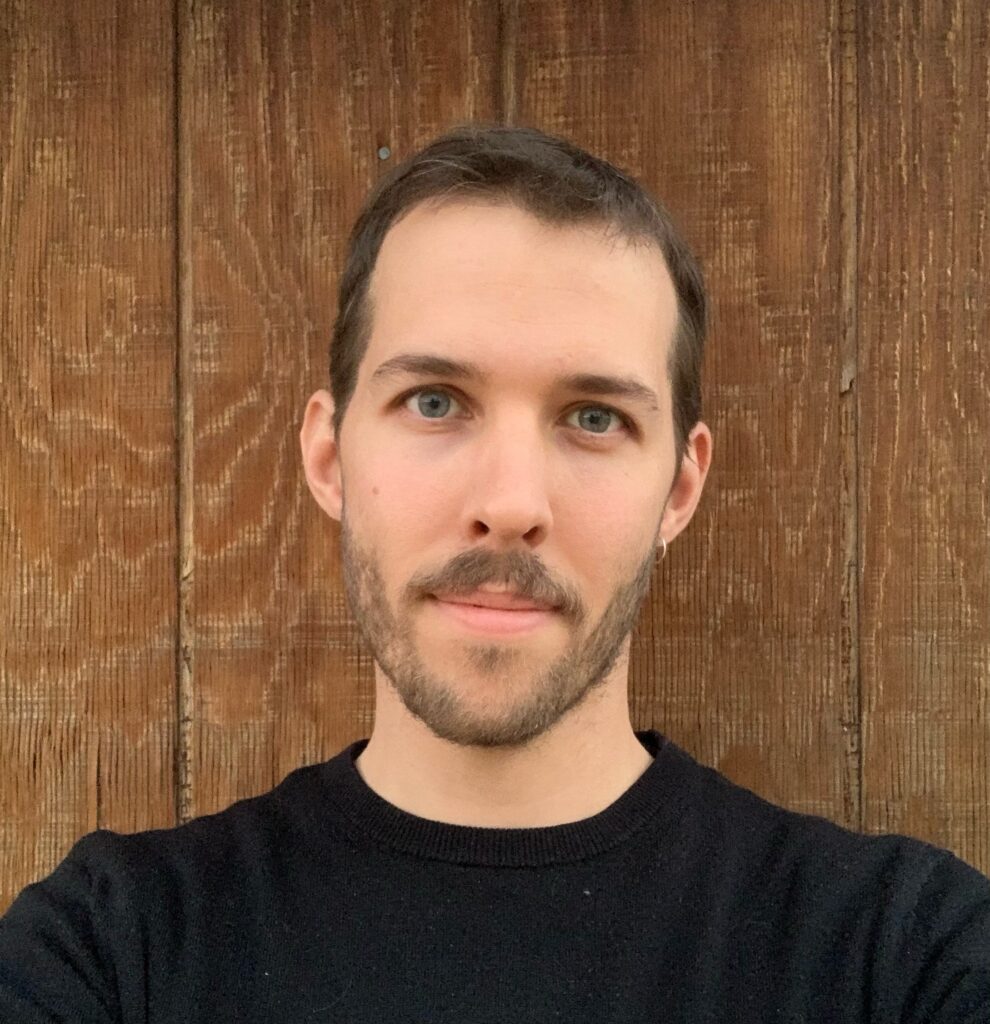
I hold a Ph.D. in Art History from Yale University. My research examines the art and material culture of the Spanish and Portuguese empires in the early modern period, with a focus on trade with Asia and the larger Indo-Pacific. I am interested in how transit affects artistic production and in the role of the so-called “decorative” and “popular” arts in globalization. My work has been supported by the Robert Lehman fellowship at Yale (2016) and the Andrew W. Mellon predoctoral fellowship at the Center for Advanced Studies (CASVA) in Washington D.C. (2018-2020).
Layovers: Export Art and the Transpacific
My project examines diverse objects crafted for export and transported within imperial trade networks of the Spanish and Portuguese empires from the sixteenth to the eighteenth centuries. I describe a category of “accretive artworks” composed of layers of influence, interpretation, and intervention, as well as the numerous agents and artists responsible for their modification at multiple points of encounter within and around the colonial Iberian Viceroyalties. This invites consideration of diverse transpacific materials such as lacquer, shell, ivory, paint, and even textiles, that were all traded along Iberian maritime routes and among the Viceregal Port cities of Goa, Macao, Nagasaki, Manila, and Acapulco. The Indo-Pacific sphere will complement established Atlantic-oriented models of artistic transfer.

The act of material layering— that is, the piecing together and binding of disparate decorative elements —brings together the themes of “mobility” and “modification.” It also helps account for colonial makers and interlocutors who have been excluded or erased from the historical record.